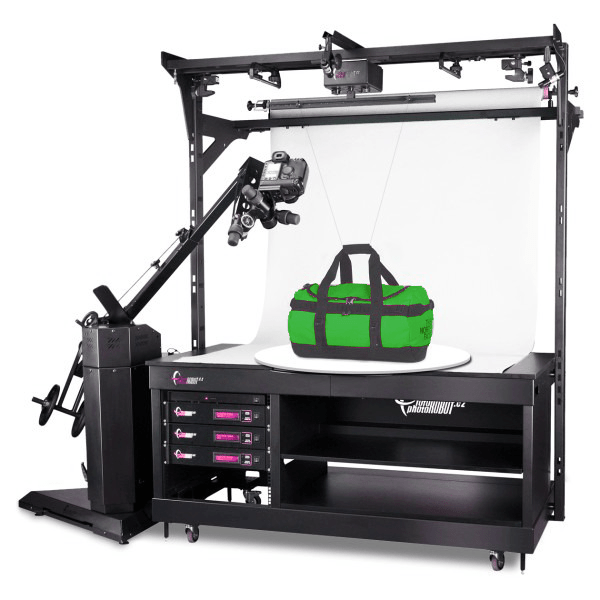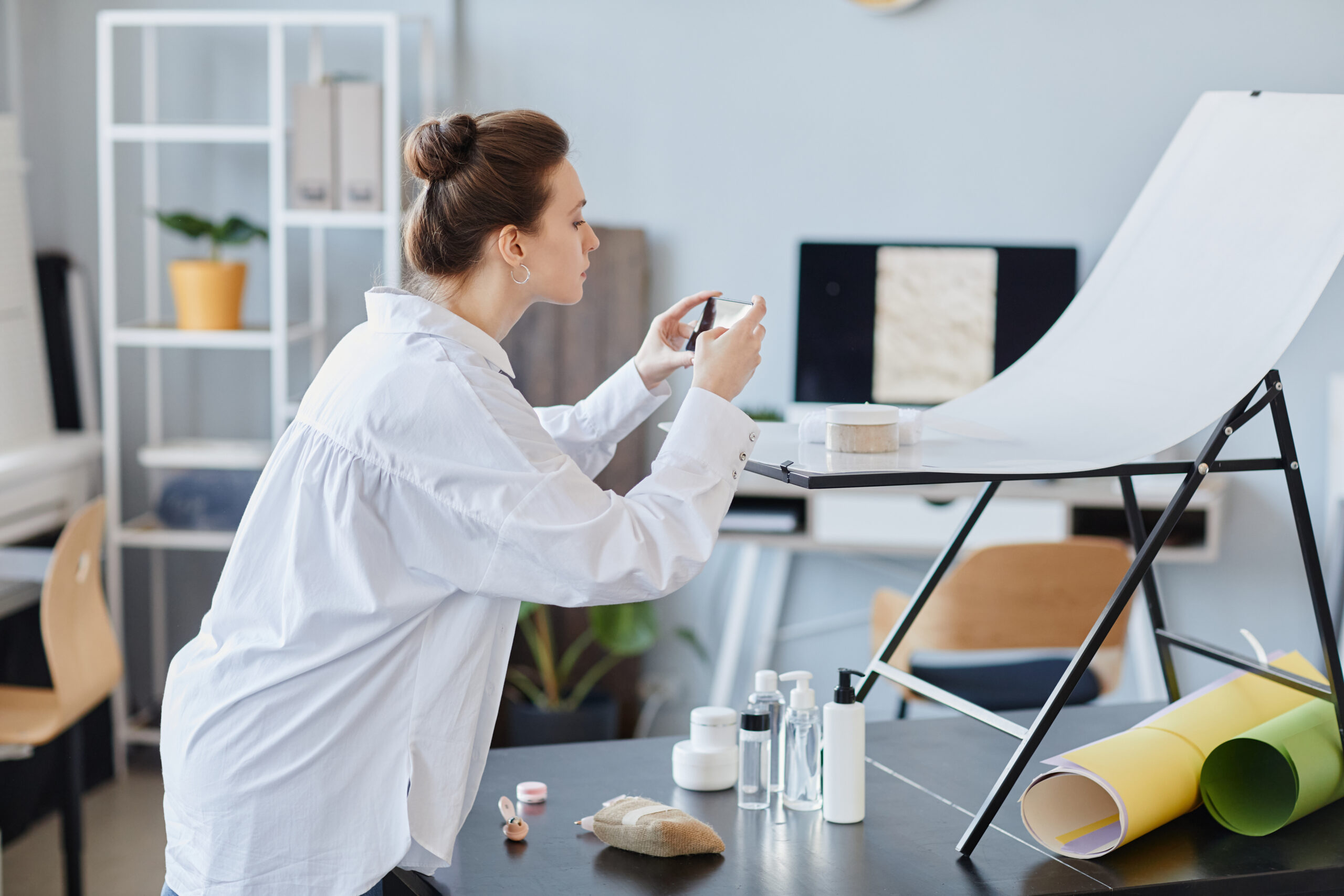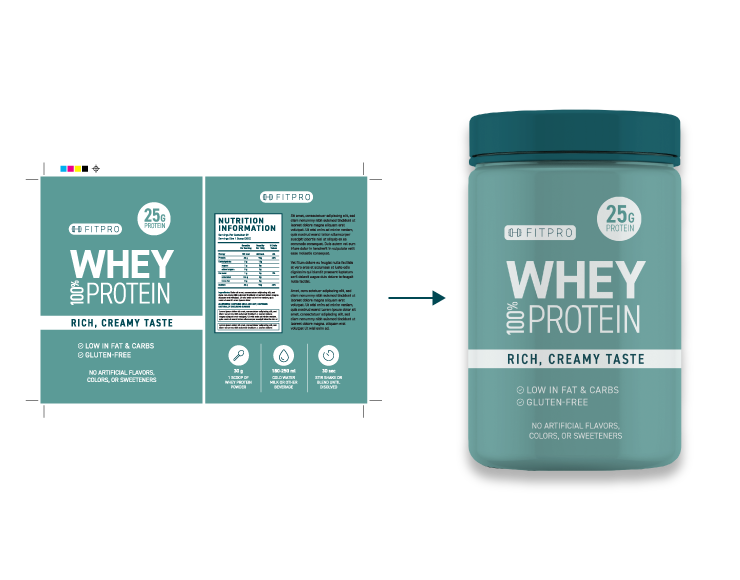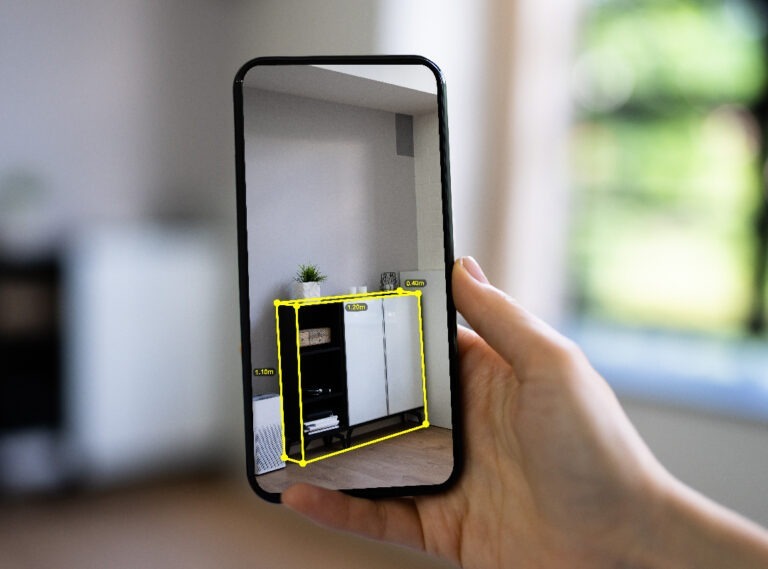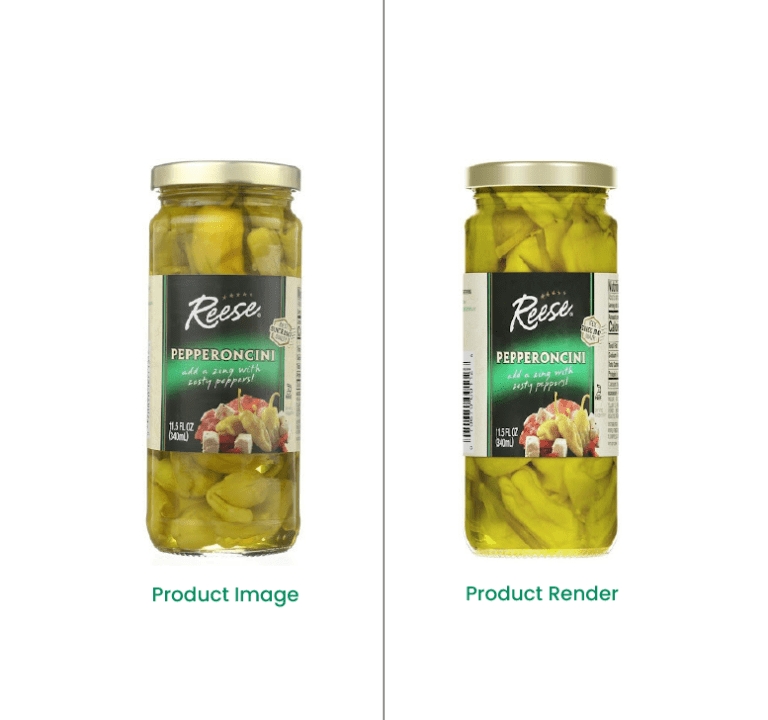Great images have always been an important part of how retailers, distributors, and brands showcase their products, especially in today’s digital age. With interactive games, CGI movies, and mobile devices, consumers have come to expect a more interesting and immersive shopping experience. 360-degree turntable photography is the most efficient way to get the most visual information about a product to the shopper, whether on a desktop or mobile device. Products from running shoes to fuel pumps benefit greatly from the detailed, interactive experience created by a motorized photography turntable.
While traditional commercial photography techniques are used to create “spin sets,” many considerations, from specialized gear to lighting techniques, need to be addressed. This guide’ll define 360-degree turntable photography, provide our best styling tips and techniques, and highlight the equipment and technology you’ll want to get started.
What are turntables?
A 360-degree photography turntable is a computer-controlled motorized device used to rotate an object 360 degrees to capture images at multiple specific angles. You can think of it as an advanced version of the Lazy Susan. High-quality machining, fine movement motors, calibration tools, and workflow software all work together to create a system that accurately and efficiently captures the imagery necessary for stunning interactive experiences. A rotating plate made of crystal clear glass allows an object to “float” above the background while giving the photographer more control over how the product is illuminated. This lighting control also helps to streamline the final delivery of the imagery, and in many cases, keeps costs down by minimizing post-production. Integrated X and Y-axis line lasers create a target at the exact center of rotation, or ECR, for object placement.
Additional tools such as integrated lighting holders also increase the usability of the 360-degree photography turntable. A solitary device is useful, but it becomes exponentially useful when paired with other devices such as swing arms, multiple cameras, and other synchronous rotation devices. Rotating an object is one thing, but managing the entire process in an efficient and repeatable manner is another.
Benefits of Using Turntables For 360 Photography
While there are many ways to present products online, 360 turntable photography positively affects the e-commerce experience. Most obviously is that customers enjoy a more interactive experience while shopping. 360-degree imagery brings customers “closer “ to the product and helps them form a connection similar to holding it in their hands. This has been proven to result in an uplift in conversions over traditional static imagery, which is why Amazon has recently added 360-degree spin photography to its product pages. When you can see a product from all sides and control the interaction, you feel more confident about your purchase and are less likely to return the product. Customers are not surprised when they open the box because they have seen the product from all angles.
While important in B2C, 360-degree turntable photography has an even greater impact on the B2B buying experience. Suppose someone’s job depends on purchasing the correct item. In that case, whether it be a replacement part or a tool, it’s critical he has the right information immediately to confidently complete a purchase. The closer buyers can get to the in-store experience, they will feel better about their purchase and convert more often.
5 Tips for Taking the Best 360 Product Photos Using Turntables
Lighting
Creative lighting has always played an important role in bringing shape and depth to products, but in 360-degree photography, this is achieved through the spin presentation. A well-lit, color-balanced image is the main goal, but “even lighting” is preferred. Shadows and light move across the product’s surface, so heavy shadows will have a negative impact on the experience. Therefore, quality strobe lights with softboxes that spread the light are the standard.
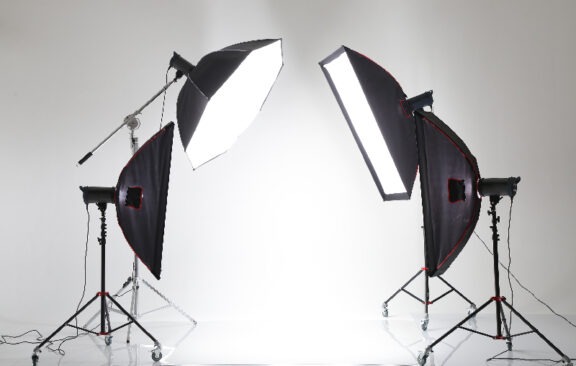
Background
A 360 degree photography turntable with a glass platen and an integrated white fabric background allows for a clean white image background while minimizing costly retouching. Floating the product above the background on glass enables photographers to illuminate the background to the standard 255 white while lighting the product independently. The physical separation allows for traditional photography techniques, such as flagging off the unwanted light with black cards. This results in sharper and more defined product edges.
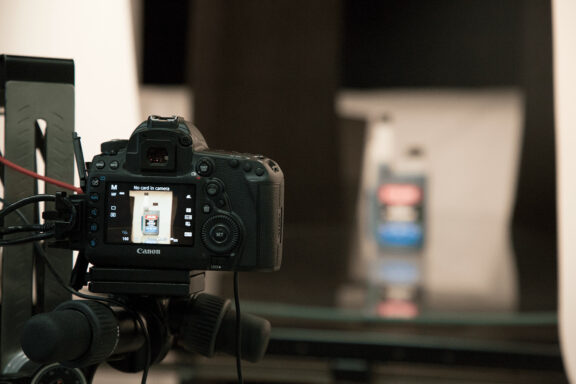
Camera
Zooming in to show fine detail is a critical component of the online viewing experience. A camera like the Canon 5D Mark IV allows image capture at 30 megapixels which enables the customer to zoom in as much as 10x at any angle within the 360 spin. For instance, you can inspect the stitching on a shoe or read the serial number on a replacement part. Color correctness is also important which is easily managed with the same camera.
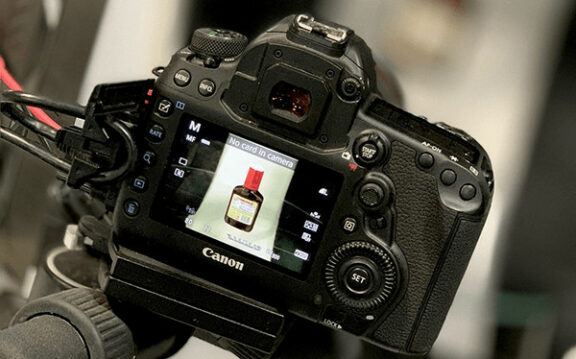
Editing
Customers expect products to be sharp, well lit, and color correct when presented online, which means “Photoshopping” is sometimes necessary. Because the 360 experience involves so many images, this can become costly if held to old standards. However, since 360 spin photography is akin to video in that it’s a ‘moving’ experience, detailed retouching is not usually needed. Transparent, highly reflective, or white products may require different lighting and retouching. In the end, it comes down to a brand’s imaging standards.

Workflow
The automated and efficient nature of 360 degree turntable photography allows exponentially more products to be captured than previously possible. One station easily produces over 7000 images per day. There are also robust workflow tools specifically designed to handle file management, naming conventions, editing, and delivery which removes the data strain off the photographer. Our two favorite solutions are SpinMe and PhotoRobot Controls. The hardware alone is great, but combining it with solid workflow increases productivity.
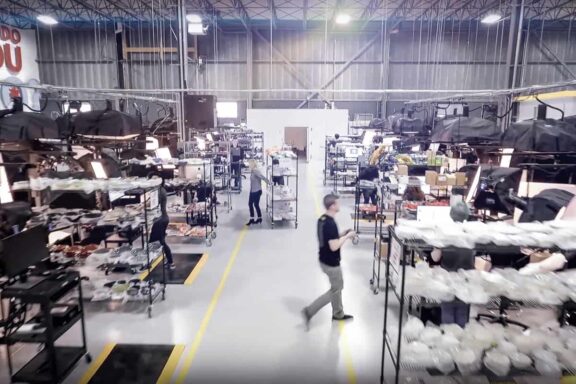
5 Tips for Setting Up a Turntable for Product Photography
Space
Space considerations to accommodate 360 photography are key. You need enough real estate for the machine, lighting, and computer workstation with room for a photographer to move around freely and make adjustments. An area for product preparation and temporary storage is also necessary, often larger than the space allocated for the unit itself. Solid, level floors – preferably concrete – will ensure the system operates correctly and holds calibrations.

Electrical
While the 360 degree photography turntable does not draw much power, the combination of the table strobe lights, cameras, and computers can add up. Four 20a 115v circuits will ensure that production can run day in and day out without issue.

Environment
A clean, climate-controlled environment is ideal. Photographing products in fine detail requires them to be spotless, and a dusty or dirty environment only means extra steps for photographers which will slow down productivity. Also, heat is the enemy of electronics and strobe lights, so while equipment can operate in uncontrolled warehouse environments, it is an inadequate scenario.

Proximity
While products can be shipped to the studio location, quite often it makes sense to install the photography station near the products. The logistics of packing and shipping thousands of products over time can outweigh the cost of retrofitting a space in a distribution center to work as a satellite studio.

Network Access
The 360-degree photography turntable communicates with the computer controlling it and the camera through a traditional computer network or LAN. This method allows for multiple systems to be installed and managed easily by an IT team. Through proper network protocols, the units will also be granted internet access which is necessary for firmware updates and allowing the workflow tool to deliver the final images.

Products Needed to Get the Best Turntable Photos
Wide Glass Table
The Wide Glass Centerless Table with its 50” glass platen allows a wide range of projects to be photographed. It comes equipped with line lasers, white fabric background, integrated flags, light booms, and several other features that allow for efficient and repeatable 360 product photography creation. The Wide Table is great for CPG (Consumer Packaged Goods) as it can handle a wide variety of products from small bottles up through medium sized boxes.
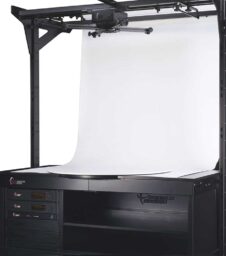
Robotic Arm
When paired with the Table, the Robotic Arm elevates the experience from a 360-degree spin to a 3D spin experience. The robotic swing arm allows the camera to move up and over the product from 0-90 degrees. The combination of this movement and 360-degree rotation of the table allows capture of any angle within the upper hemisphere of a product. Detailed items such as tools benefit from the extra views gained when photographing over the top.
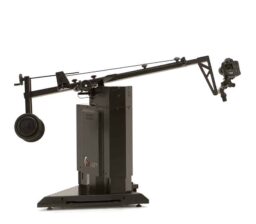
Cube
A simple yet very flexible piece of equipment, the Cube attaches to the upper structure of the table and allows items to be hung above the table. It is essentially a small rotating device hanging upside down above the glass platen, which can sync perfectly with the platen when necessary. It will help support unstable objects and allow odd-shaped ones to hang freely above the platen. Lighting is a good example of a product that naturally lends itself to hanging from the cube.
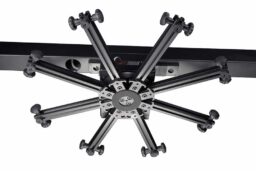
Online, Your Pictures Are Your Products
Photography has always been the best way to inform a customer about a product; nothing has changed. Putting the product in front of the customer is the best way to engage and educate them about what it is, what it does, how it works. 360 degree turntable photography elevates the digital experience by adding a higher level of product detail and interaction not historically available. The ability for online researchers and buyers to virtually hold a product in their hands has many proven, positive effects and should be strongly considered as part of your digital strategy.
